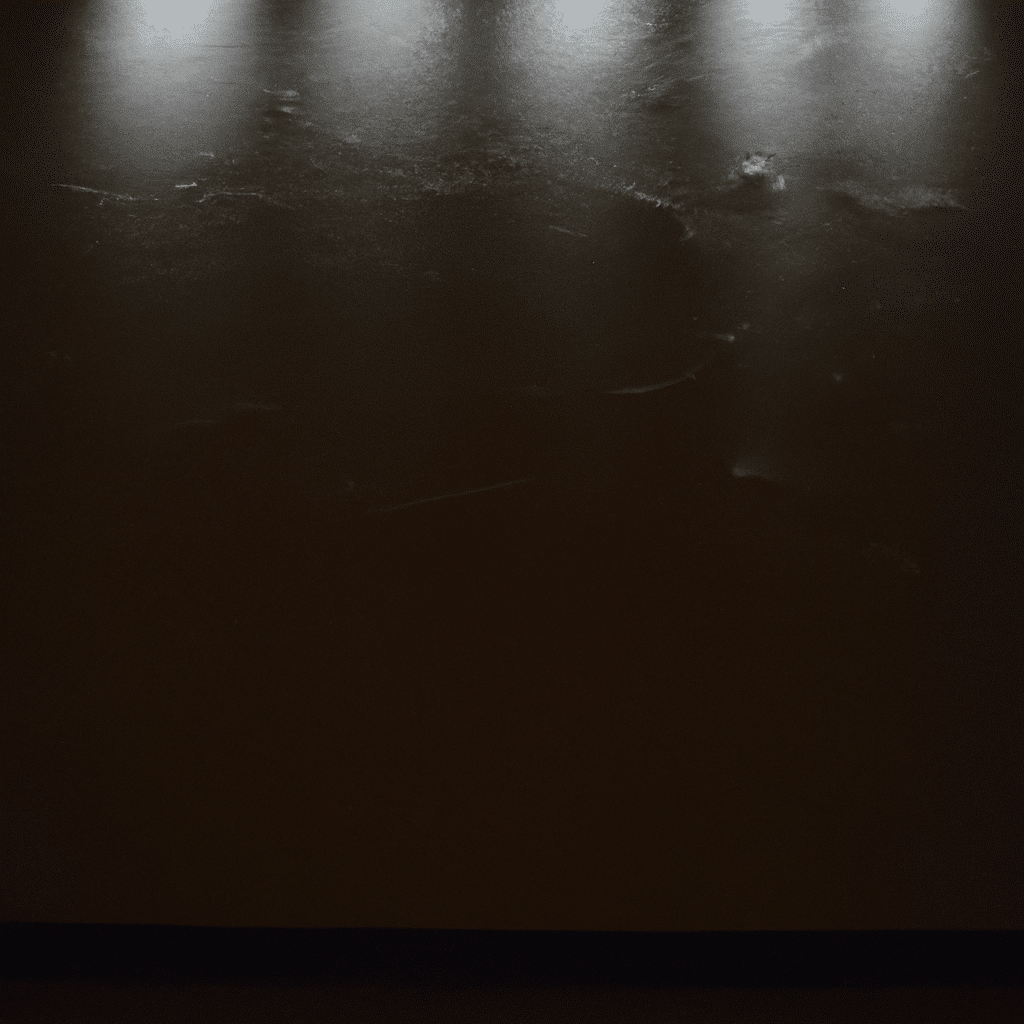In today’s fast-paced world, it’s easy to overlook the impact that lighting can have on our overall well-being. Many of us spend a significant amount of time indoors, surrounded by artificial lighting, which can have a profound effect on our mood, productivity, and even our health. In this article, we will explore some lighting hacks that can help you create a healthier home environment, allowing you to say goodbye to headaches and fatigue.
The Importance of Lighting in Our Lives
Before we dive into the lighting hacks, let’s take a moment to understand why lighting is so crucial for our well-being. Natural light plays a vital role in regulating our circadian rhythm, the internal clock that controls our sleep-wake cycle. When exposed to natural light, our bodies produce serotonin, a hormone that boosts mood and promotes a sense of well-being. On the other hand, insufficient or poor-quality lighting can lead to a variety of issues, including headaches, eye strain, and fatigue.
1. Embrace Natural Light
One of the simplest and most effective lighting hacks is to maximize your exposure to natural light. During the day, open up your curtains and blinds to let sunlight flood into your home. Position your workspace near a window to benefit from natural light while you work. Not only will this improve your mood and productivity, but it will also reduce your reliance on artificial lighting.
2. Optimize Artificial Lighting
While natural light should be your primary source of illumination, it’s essential to optimize your artificial lighting for when the sun goes down. Invest in LED bulbs, which are energy-efficient and provide a more natural light spectrum compared to traditional incandescent bulbs. Additionally, consider using dimmer switches or adjustable lamps to control the intensity of your artificial lighting, allowing you to create a cozy and relaxing atmosphere in the evening.
3. Color Temperature Matters
The color temperature of your lighting can significantly impact your mood and well-being. Warm light, with a color temperature of around 2700K-3000K, is ideal for creating a relaxing ambiance in living areas and bedrooms. On the other hand, cooler light, with a color temperature of 5000K-6500K, is more suitable for task-oriented areas such as the kitchen or home office, as it promotes alertness and focus.
4. Combat Eye Strain with Task Lighting
If you find yourself frequently experiencing eye strain while reading or working on specific tasks, consider incorporating task lighting into your home. Desk lamps or adjustable floor lamps with focused light can provide localized illumination, reducing eye strain and improving your overall comfort. Position the light source so that it illuminates your work area without causing glare or shadows.
5. Say No to Flickering Lights
Flickering lights can be a major source of headaches and discomfort. Ensure that your light fixtures and bulbs are in good condition and not flickering. If you notice flickering, it’s best to replace the bulbs or seek professional help to address any electrical issues. By eliminating flickering lights, you can create a more soothing and headache-free environment.
6. Consider Lighting for Different Activities
Different activities require different lighting levels. For instance, in the living room, you may want softer, ambient lighting for relaxation, while in the kitchen, you may need brighter, task-oriented lighting for cooking or food preparation. By considering the specific lighting needs for each area of your home, you can create a more functional and comfortable environment.
7. Employ Lighting Control Systems
If you want to take your lighting game to the next level, consider implementing lighting control systems in your home. These systems allow you to automate and customize your lighting according to your preferences and needs. You can program different lighting scenes for various activities or even set timers to mimic natural light patterns throughout the day. Lighting control systems offer convenience and flexibility, enhancing your overall lighting experience.
In conclusion, lighting plays a vital role in creating a healthier home environment. By embracing natural light, optimizing artificial lighting, considering color temperature, combating eye strain, eliminating flickering lights, tailoring lighting for different activities, and employing lighting control systems, you can significantly improve your well-being and say goodbye to headaches and fatigue. Take the time to assess your current lighting situation and make the necessary adjustments to create a space that promotes both physical and mental wellness. Your body and mind will thank you for it.
Remember, creating a healthier home through lighting is just one aspect of overall well-being. It’s essential to prioritize a balanced lifestyle, including regular exercise, a nutritious diet, and adequate sleep. By incorporating these lighting hacks and taking care of your holistic health, you can truly transform your living space into a haven of wellness.



